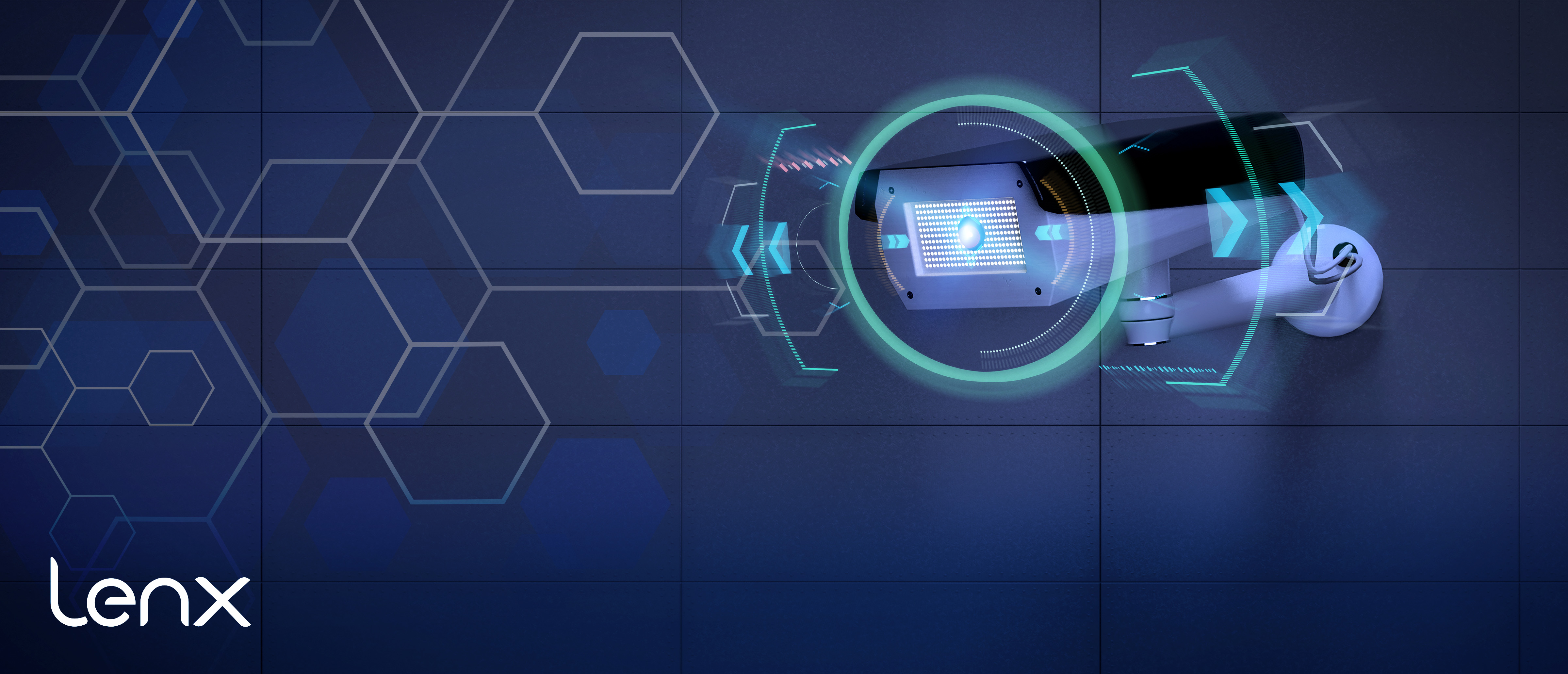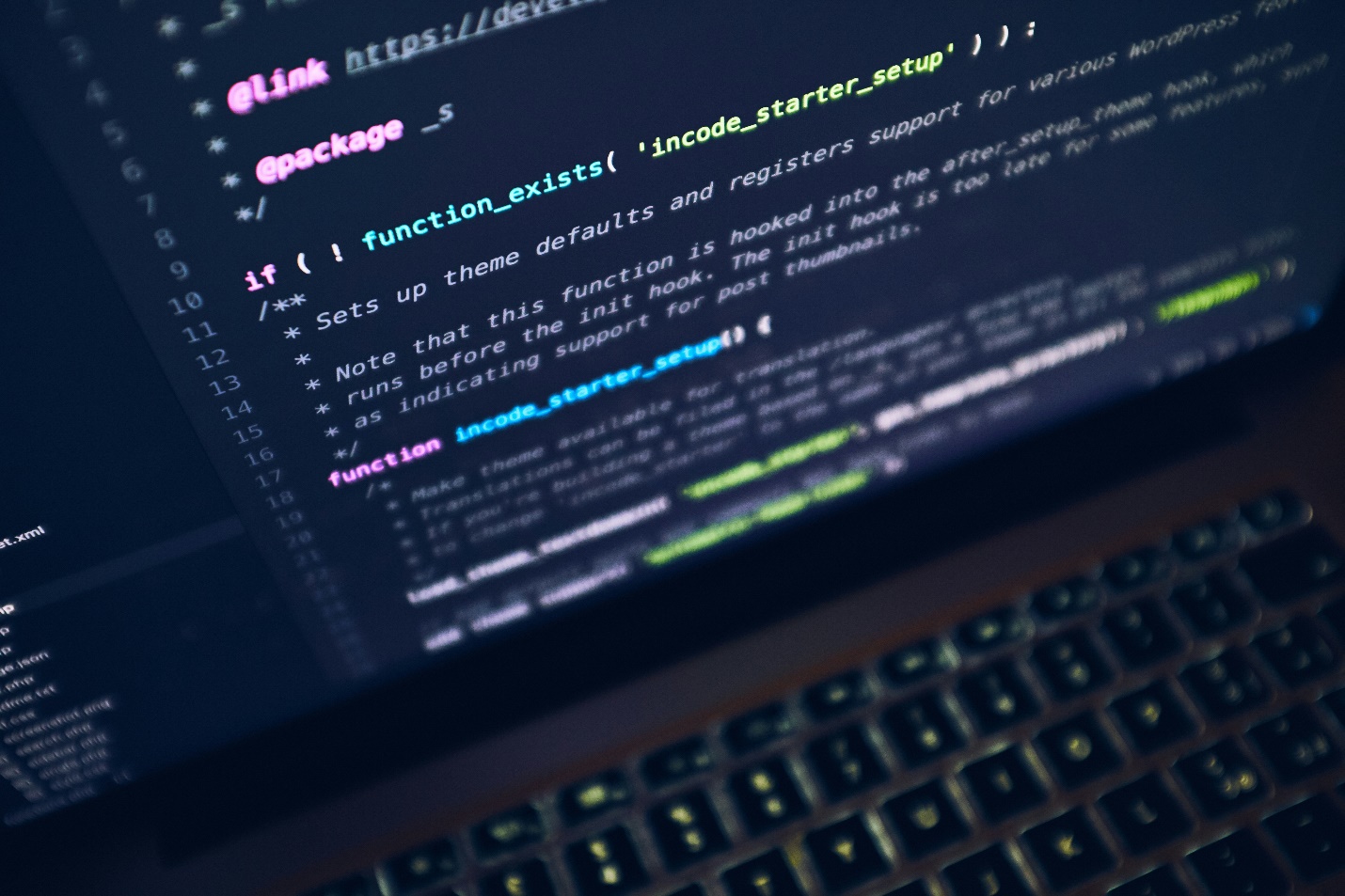
AI Security and Active Shooter Detection vs. Traditional Security
In the face of rising security threats, technology has become a crucial ally.
Active Shooter Detection Technology, in particular, has emerged as a game-changer.
Traditional security measures, such as CCTV and metal detectors, have served us well. But they have their limitations.
Enter AI security. This new breed of security technology is transforming how we detect and respond to threats.
From AI gun detection to active shooter alerts, these systems are redefining safety norms.
In this article, we delve into the world of AI security, comparing it with traditional security measures. We'll explore their strengths, weaknesses, and the future of safety in our schools, businesses, and public spaces.
The Evolution of Security: From Traditional Measures to AI Integration
Security has always been a top priority for institutions and public spaces.
Traditional measures have been our first line of defense.
However, the rise of technology has brought about a shift.
We are now moving towards AI integration in our security systems.
Understanding Traditional Security Systems
Traditional security systems have been around for decades.
They include measures like CCTV cameras, metal detectors, and security personnel.
These systems have been effective in maintaining safety.
However, they often fall short in dynamic threat scenarios.
The Advent of AI in Security
AI security is a relatively new concept.
It leverages artificial intelligence to enhance threat detection.
AI security apps and systems can detect guns and active shooters.
This technology is revolutionizing the way we approach safety and security.
Active Shooter Detection Technology: A New Era of Safety
Active Shooter Detection Technology is a game-changer.
It uses AI to identify potential threats in real-time.
It can also recognize the shape of a gun in a person's hand.

How AI Gun Detection Works
AI gun detection works by analyzing visual data.
It uses pattern recognition to identify guns and gunshots.
When a threat is detected, the system sends an alert.
This alert can trigger lockdown protocols or notify law enforcement.
The goal is to respond to threats as quickly as possible.
The Role of Machine Learning in Threat Detection
Machine learning is a key component of AI security.
It allows the system to learn from past data.
This means the system can improve its threat detection over time.
It can also adapt to new types of threats as they emerge.
AI vs. Traditional Security: A Comparative Analysis
AI security offers several advantages over traditional methods.
One of the main benefits is speed.
AI systems can detect and respond to threats in real-time.
Traditional security measures, on the other hand, can be slower.
They often rely on human intervention, which can delay response times.
AI also offers the potential for more accurate threat detection.
Response Times and Real-Time Data
AI systems can analyze data in real-time.
This allows them to detect threats as they happen.
In contrast, traditional security measures may not provide real-time data.
This can result in slower response times.
AI's ability to provide real-time alerts can save crucial seconds in an emergency.
Accuracy and Reliability in Differentiating Threats
AI systems can be more accurate than traditional security measures.
They use machine learning to improve their threat detection over time.
This can result in fewer false alarms.
Traditional security measures, on the other hand, may not be as reliable.
Cost and Scalability Considerations
AI security systems can be more cost-effective in the long run.
They can reduce the need for human security personnel.
This can result in significant cost savings.
AI systems are also scalable, making them suitable for a variety of environments.
Ethical and Privacy Concerns in AI Security
AI security systems raise important ethical and privacy concerns.
These systems often rely on surveillance, which can infringe on personal privacy.
There are also concerns about the potential misuse of AI technology.
It's crucial to balance security needs with respect for individual privacy rights.
Case Studies and Real-World Applications
AI security systems have been successfully deployed in various settings.
One notable example is their use in schools.

They have also been used in public spaces.
These case studies provide valuable insights into the effectiveness of AI security.
AI Security in Schools
Schools are increasingly adopting AI security systems.
These systems can detect potential threats and initiate lockdown protocols.
They also provide real-time updates to law enforcement.
This can significantly enhance the safety of students and staff.
AI Security in Public Spaces
Public spaces present unique security challenges.
AI security systems can help address these challenges.
They can detect concealed weapons and suspicious behavior.
This can help prevent incidents and ensure public safety.
The Future of AI Security and Active Shooter Detection
AI security is a rapidly evolving field.
New advancements are being made on a regular basis.
These advancements promise to further enhance the effectiveness of active shooter detection.
They also aim to address some of the current limitations of AI security systems.
Advancements on the Horizon
One key area of focus is improving the accuracy of threat detection.
Another is enhancing the interoperability of AI systems with other emergency response technologies.
Efforts are also being made to address privacy concerns associated with AI surveillance.
These advancements hold great promise for the future of AI security and active shooter detection.
Conclusion: The Role of AI in Enhancing Security and Safety
AI security is not just a trend.
It's a vital tool in enhancing safety and security in various environments.
From schools to public spaces, AI is revolutionizing how we detect and respond to threats.
While challenges remain, the potential of AI in active shooter detection is undeniable.

